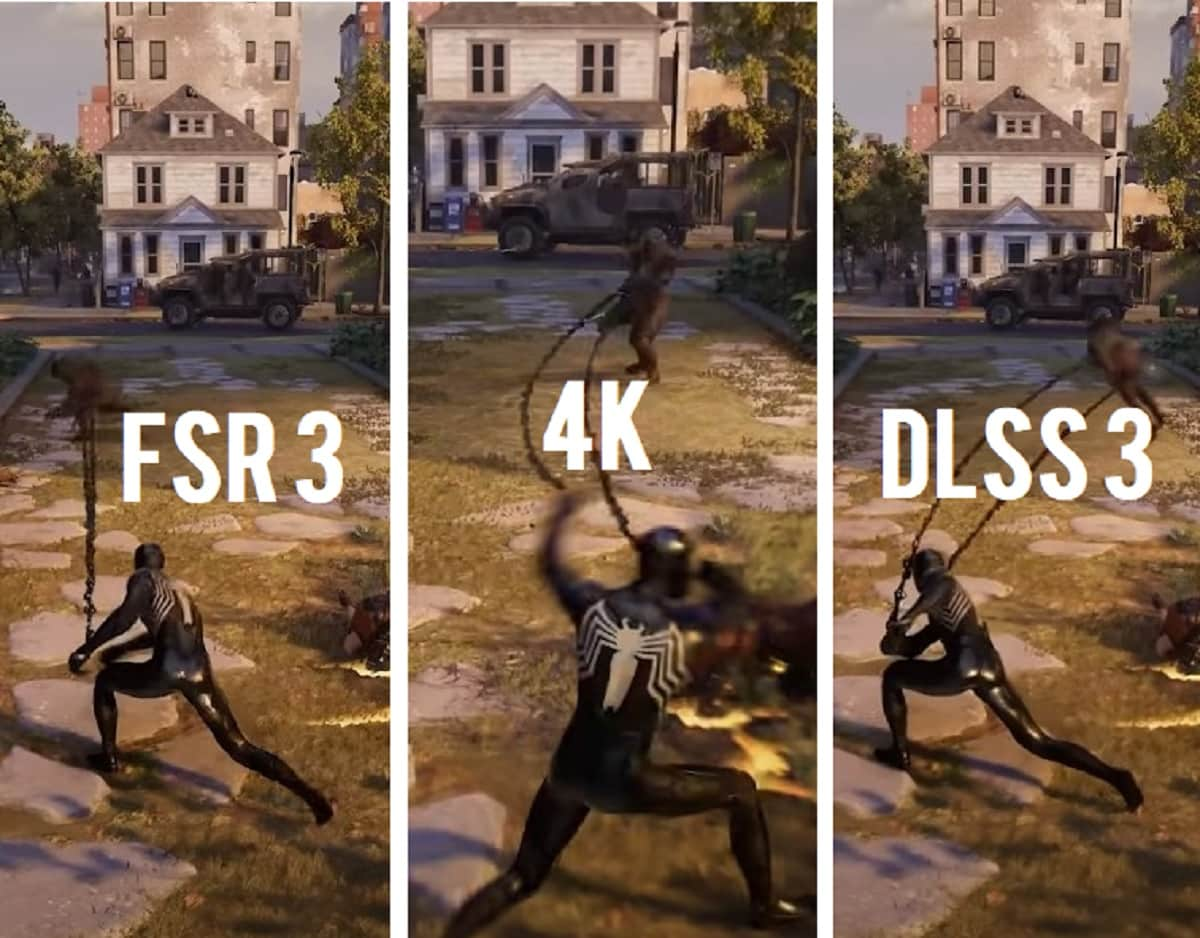Frame Generation: The Game Changer in Modern Gaming
Frame generation technology has stirred the gaming world, offering unprecedented possibilities in rendering and performance. As we delve deeper into this technological marvel, it’s time to shed light on its nuances, capabilities, and the debates surrounding it. Let’s break down what frame generation means for the future of gaming.
Understanding Frame Generation
Frame generation, a cutting-edge technology, involves interpolating and extrapolating frames within a game. This process enhances the visual fluidity and smoothness, contributing to an immersive gaming experience.
- Interpolation vs. Extrapolation: Interpolation involves creating frames between two existing frames, while extrapolation predicts and generates future frames. Each has its unique impact on gaming visuals and performance.
- FSR 3 and DLSS 3: These are two prominent frame generation technologies. FSR 3, by AMD, and DLSS 3, by NVIDIA, differ in their approach but aim to achieve similar outcomes in frame rate enhancement.
The Gaming Community’s Reception
The introduction of frame generation technologies has sparked diverse reactions:
- Initial Skepticism: Many gamers were initially skeptical, fearing that these technologies might add latency or produce lower quality frames.
- Growing Acceptance: As more players experience these technologies firsthand, there’s a growing appreciation for the enhanced frame rates and smoother gameplay they offer.
- Debates on Efficiency: Discussions continue on the efficiency of frame generation in various gaming scenarios, particularly in balancing between frame rate and response time.
Benefits and Limitations
- Enhanced Visual Fluidity: Frame generation significantly improves motion smoothness, vital for a visually pleasing gaming experience.
- Latency Considerations: While enhancing frame rates, these technologies can introduce latency, impacting games that require quick reflexes and precise timing.
- Image Quality: The quality of interpolated and extrapolated frames can vary, affecting the overall visual fidelity of the game.
Key Factors in Frame Generation
- Base Frame Rate: The effectiveness of frame generation is closely tied to the game’s base frame rate. Higher base rates lead to better interpolated frames.
- Game Genre and Type: The technology’s impact varies across game genres. For single-player narrative games, frame generation may enhance the experience, while in competitive multiplayer scenarios, traditional frames might be preferred for their responsiveness.
The Future of Frame Generation
Looking ahead, frame generation is poised to play a significant role in gaming technology. Its evolution could see a convergence of interpolation and extrapolation techniques, potentially leading to a scenario where every frame is optimized for the best possible gaming experience.
Considerations for Gamers
- Hardware Compatibility: Ensure your gaming setup is compatible with the latest frame generation technologies for optimal performance.
- Personal Preference: Gamers should consider their personal sensitivity to latency and image quality when deciding to use frame generation technologies.
- Stay Informed: As technology evolves, staying updated on the latest developments in frame generation can help gamers make informed choices.
Concluding Thoughts
Frame generation in gaming is more than a trend; it’s a technological evolution that is reshaping our gaming experiences. While its full potential is yet to be realized, the advancements so far point towards a future where gaming visuals are more fluid, dynamic, and immersive than ever before.
What are your experiences with frame generation technologies like FSR 3 and DLSS 3? Share your insights and join the conversation on the future of gaming graphics!













